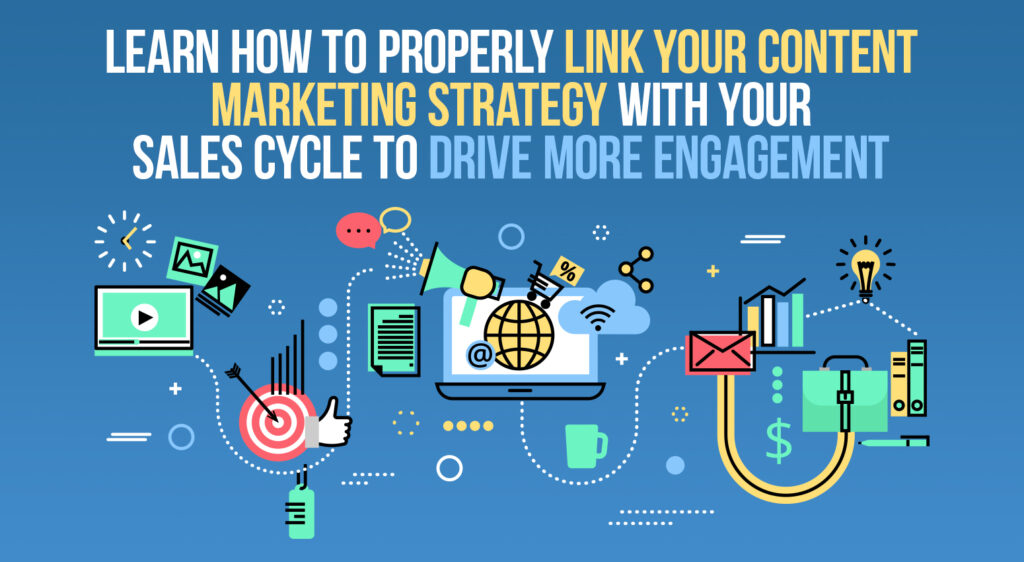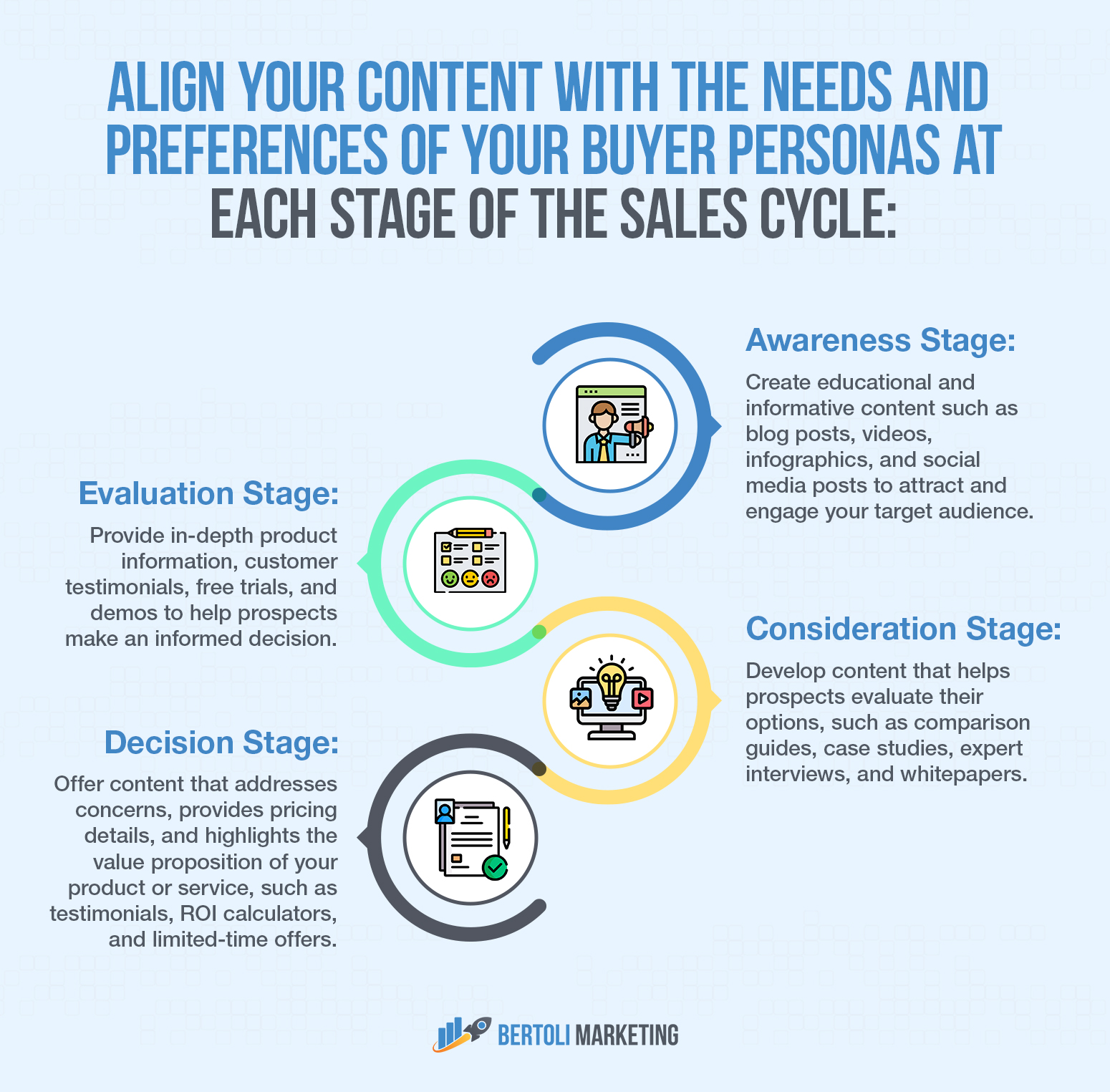
Linking content marketing with your sales cycle is an effective strategy for driving customer engagement, generating leads, and ultimately boosting sales. Here’s a step-by-step approach to integrating content marketing into your sales cycle:

By implementing these strategies, you can create a cohesive and effective connection between your content marketing efforts and the various stages of your sales cycle. This integration helps build brand awareness, establish credibility, nurture leads, and ultimately drive more conversions and sales. Remember, the key to successfully linking content marketing with your sales cycle is to continually assess and refine your approach. Regularly analyze data, gather feedback, and adapt your content strategy to meet the evolving needs of your target audience and align with your sales objectives.


Our mission is to help battery and energy industry companies quickly and effectively reach their revenue goals.
We’ll provide you with a complimentary digital marketing audit so that you can quickly learn how to optimize your digital presence. Just fill out the form below: